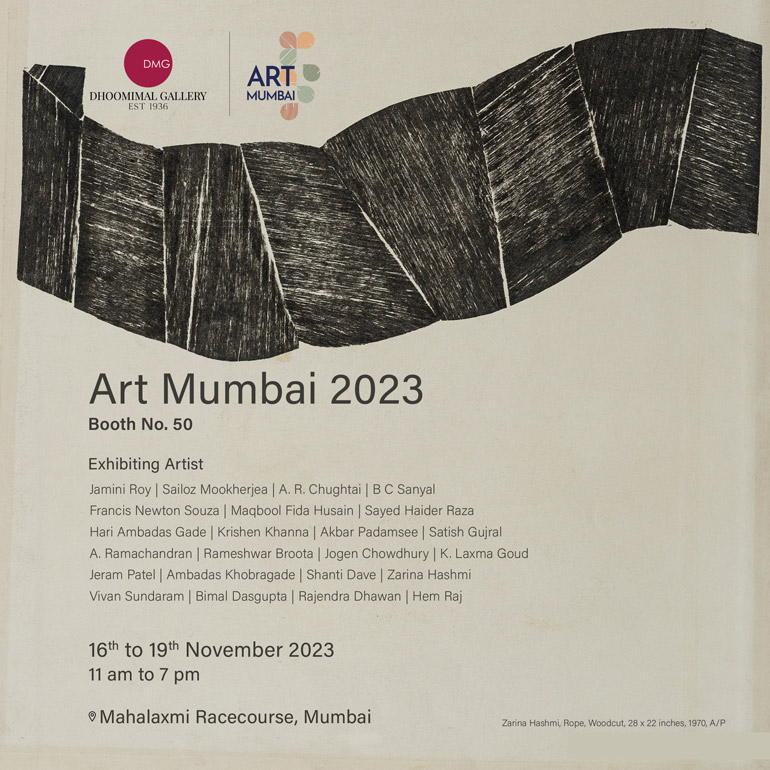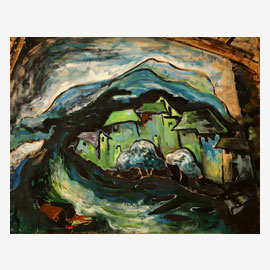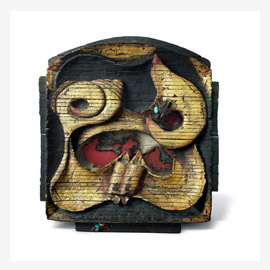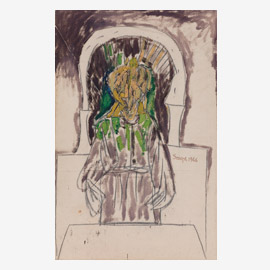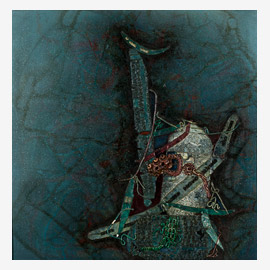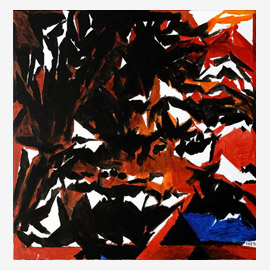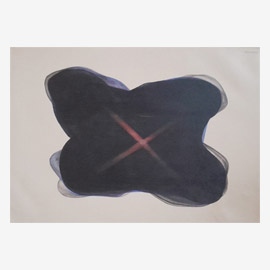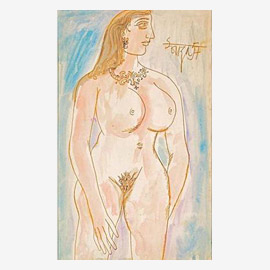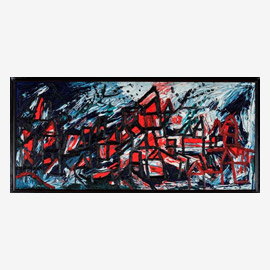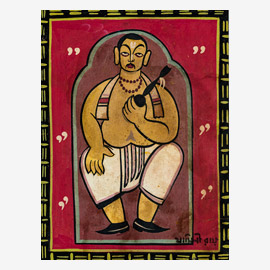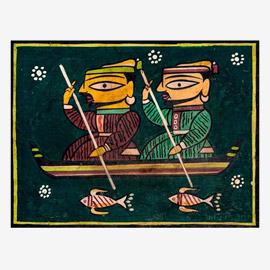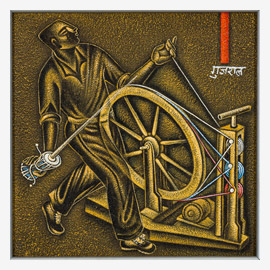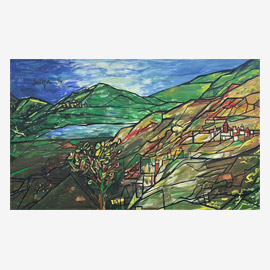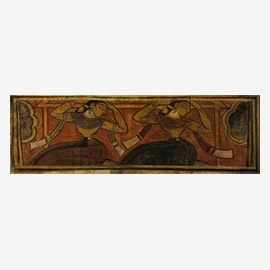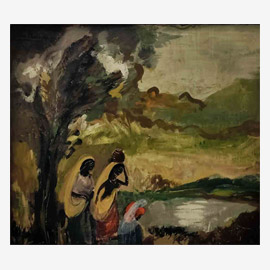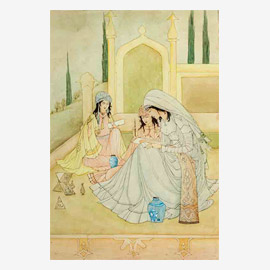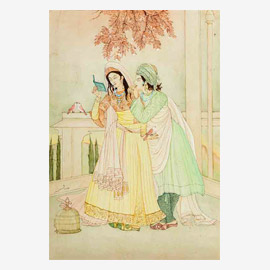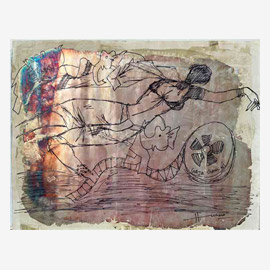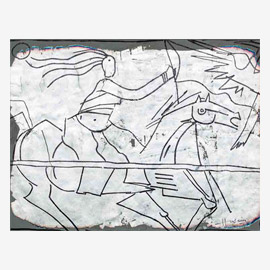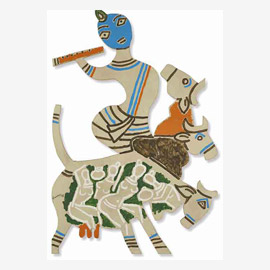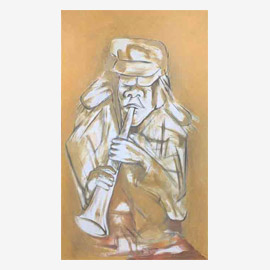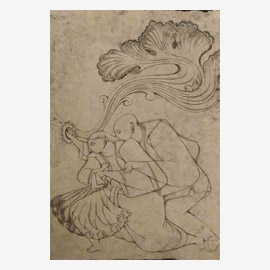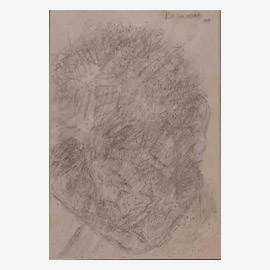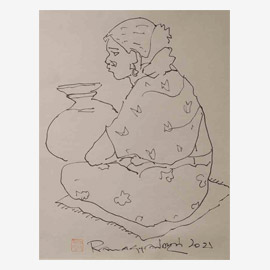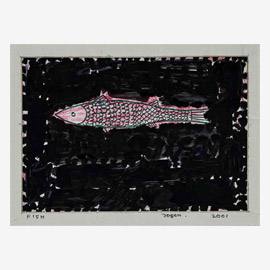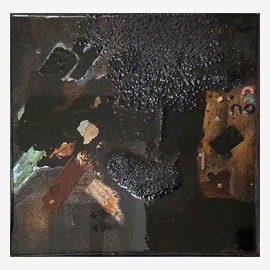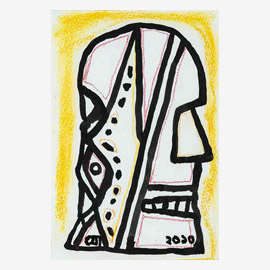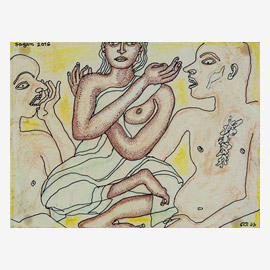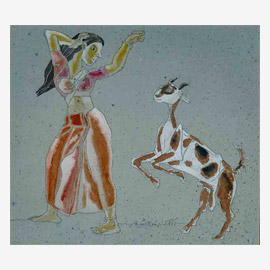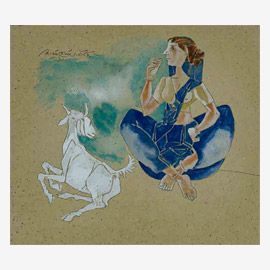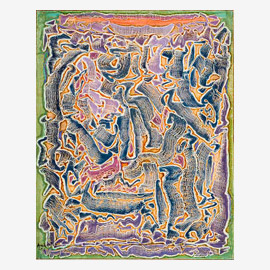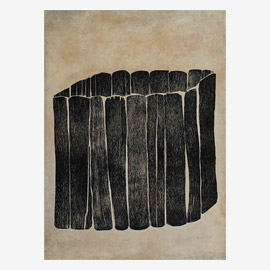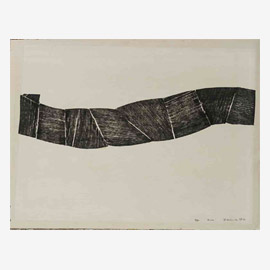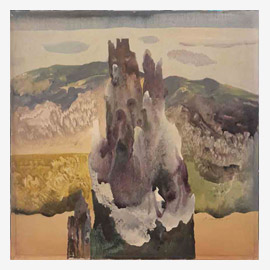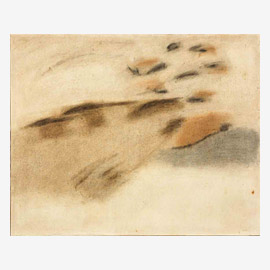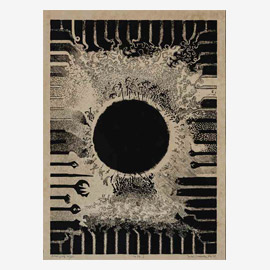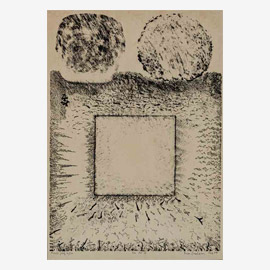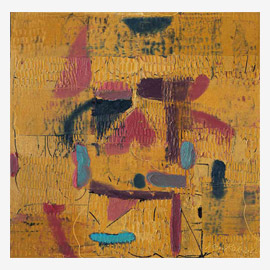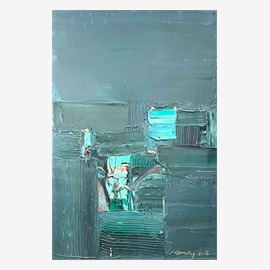Established in 1936 as a printing and publishing shop at the historic Chawri Bazaar, Dhoomimal Gallery (DMG) traces its roots that entangle with some of the greatest masters of Indian art. Be it Sailoz Mookherjea and his peers sipping tea over heated debates or Chughtai dropping in to select hand made paper for his studio, it was a home for artists. The top floor of the gallery, situated above the shop was later used as a display area by Sanyal who was teaching at the Delhi Polytechnic and wa...
Established in 1936 as a printing and publishing shop at the historic Chawri Bazaar, Dhoomimal Gallery (DMG) traces its roots that entangle with some of the greatest masters of Indian art. Be it Sailoz Mookherjea and his peers sipping tea over heated debates or Chughtai dropping in to select hand made paper for his studio, it was a home for artists. The top floor of the gallery, situated above the shop was later used as a display area by Sanyal who was teaching at the Delhi Polytechnic and was also involved with the Delhi Ship Chakra. DMG boasts of many firsts like the first ever solo exhibition of the modernist Ram Kumar was hosted by the gallery. The founder, Sh. Ram Babu Jain began selling art as something intertwined with artifacts and antiquities. It was his vision to introduce works of art with contemporary expression alongside things that people were used to seeing and acquiring. It was in 1970s when J Swaminathan joined hands to guide the gallery operations that it took shape of a commercial art gallery. He worked closely with Sh. Jain on the common agenda to popularize art. The format remained broad but now focused on other art forms like musical and dance performances along with display of visual arts. Diplomats and political figures were common visitors and the space was buzzing with energy. New artists of the time like Vivan Sundaram and Laxma Goud were given opportunity to display works when no one else was convinced with their art. A sizable collection was built with some of the most significant works and new collectors began to engage with the gallery. With the passing of Sh. Jain and partying ways with his brother, it was a turning point for DMG as it stands today. It was also a time when new galleries were coming up and auction houses were beginning to take interest in Indian arts. In 1990s Ravi Jain Foundation was established and the annual awards to support young talent were instituted. In the early 2000s the gallery hosted several curated group shows, some of which were landmark and monumental in nature. In the last decade, there was a conscious realization that DMG became a reputed but only a secondary market player. Conscious efforts were made to change this and reinstate the primary purpose of not just showing but building careers for young artists. Today, DMG straddles the modern and contemporary eras. The legacy of showcasing some of the best masters continues and Uday Jain at the helm is actively forwarding the vision to support early career artists. The gallery space was renovated to match a state-of-the-art gallery and DMG now engages with curators and artists from all over the country to bring serious and meaningful shows. While continuing its active role in the secondary market, DMG is a regular participant in major art fairs in India and abroad.
Read more
